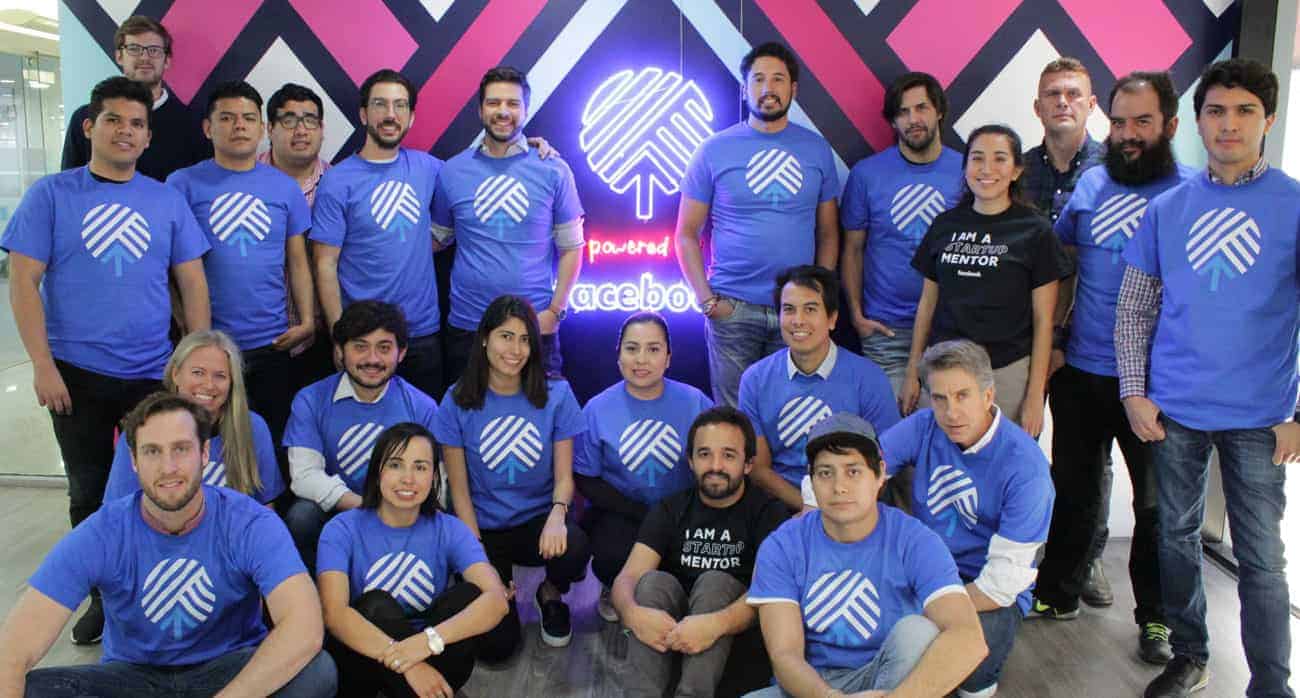Contxto – Mexican fintech Cuenca is closing the year on a very positive note. In a recent exclusive interview with Founder and CEO, Matin Tamizi, it was revealed that the startup raised a Series A investment for US$7.4 million last November.
Stripe, the giant developer of payment APIs, led the round. Note that this was the firm’s first investment in a Latin American startup.
Tamizi added that the investment would be used to improve their product and service.
The startup had previously raised US$2.2 million from Kaszek Ventures and Andreessen Horowitz in 2018. The latter, which had funded giants like Twitter and Facebook, hadn’t invested before in a Mexican startup. That is, until Cuenca came along.
This totals to US$9.6 million in funding. Meanwhile, Cuenca’s application for compliance with Mexico’s fintech law is still underway.
Cuenca calls to the unbanked in Mexico
Cuenca, the business-to-consumer (B2C) fintech was founded in early 2018 by Iran-born, US-educated, Silicon Valley-experienced, Matin Tamizi.
Through the app, users can open a fully-functioning bank account in no time. Its services cover bank transfers and electronic payments for services like Netflix, Spotify, bills, among others. Cuenca charges no commission whatsoever for opening an account with them.
Moreover, cash withdrawals are possible at the nearest 7-Eleven or some Mexican pharmacies like Farmacia Guadalajara.
Plus, it also offers a physical debit card. If the customer lives in Mexico City they can receive this pretty piece of plastic within 90 minutes. The fintech also delivers the card via DHL to other parts of Mexico and hopes to speed this service up soon as well.
In May of 2019, it had around 500 customers. Seven months later and it now has approximately 50,000. For Tamizi, this means a growth rate of around 1,000 new customers every day.
The founder attributes these numbers to the user’s satisfaction with the product itself as well as the quality customer service his team offers via WhatsApp chat. No bots people.
In addition, the startup brings a key Silicon Valley saying to their operations.
“It’s more important to have 100 customers that are in love with your product than to have one million customers who use your product, but are unhappy with it,” stated Tamizi during the call. Easy for him to say, with growth numbers like that…
Building a dream-team and an ecosystem
Cuenca’s current team consists of 34 people, of which 12 are engineers.
Bibiana Monterde, was the startup’s first hire as its Creative Director with a BA from San Francisco’s Academy of Art University and worked at the startup scene there.
The second to join was Ricardo Medina with a master’s degree from Oxford and who’d previously worked developing Mexico’s ever-so-useful money transfer system, SPEI. He’d also worked at Mexico’s National Banking and Securities Commission (CNBV), a key overseer of the country’s finance and banking operations.
The startup’s software is also open-sourced, so anyone interested in building their own solution can use it freely. This decision stems from Cuenca wanting to feed the startup ecosystem.
Loving fintech before it was sexy
The fintech buzz in the world of startups is undeniable. However, there are founders out there that loved the industry before it was cool. Cuenca’s Founder and CEO, Matin Tamizi is one of them.
Born in Iran, Tamizi arrived to the United States as an undocumented immigrant at the young age of six. Growing up, he watched his mom work hard and it was striking to see that what constituted his family’s bank account was a yellow envelope kept under a mattress at home.
This reality would follow him throughout his life at which point, at the ripe old age of 19, Tamizi decided he wanted to create his own fintech someday. This was during the time he was studying to become an Engineer in Computer Software at the University of Maryland, College Park.
But this dream would be put on pause as there were bills to pay at home. Upon graduating in 2005, he took up a job that kept him traveling between the United States and Europe.
Then in 2008, following the completion of mortgage payments to help his mom, Tamizi left his job and flew out to Silicon Valley.
His first employment there was as at Milo, a small burgeoning e-commerce startup. He worked both as a software engineer and VP of Business Development at once. Ebay would buy this startup for US$75 million in 2010.
That same year, he founded Balanced, an online payment processor for marketplaces and crowdfunding platforms. They raised over US$5 million from Y Combinator, Andreessen Horowitz and Airbnb’s Brian Chesky. This resulted in the startup completing transactions for over US$1 billion in 2014. The startup was then sold in 2015.
Time had passed but the dream remained. Tamizi wanted to create a startup that encouraged financial inclusion, no matter the socioeconomic background.
He then set to do his homework and find the right place to create his fintech. Ultimately, he chose Mexico.
Mexico, the place to be for fintechs

Tamizi detailed the reasons for choosing this Latin American country.
First and foremost was the country’s 60 percent of unbanked people. Plus the population’s mistrust towards traditional banking institutions, which were scarce to choose from in the country compared to places like the United States.
Not to mention Mexico’s rich culture from food in the form of barbacoa tacos, to its history. In addition to the existence of various Mexican universities from which many talented engineers graduate every year.
The Cuenca team also realized that pickings in Mexico were slim when it came to obtaining something as simple as a debit card. Not to mention the limited number of services the population received from banks, especially if a person was between the ages of 18 and 35.
This age group composed of Millenials and Gen Z has a sweet spot for Cuenca and is the market it’s been most successful with. Specifically, those between 18 and 23 represent 30 percent of the startup’s customer base. Another 15 percent use the app to receive money and withdraw from ATMs.
The remainder consists of people who don’t have a bank account elsewhere either because they live far from a traditional bank, or they closed it and preferred to store their money under the good ol’ mattress at home.
Keep it all under the mattress?
“For a lot of people, storing money under a mattress doesn’t make sense,” said Tamizi. “But for me it’s very reasonable because the mattress doesn’t charge you any fees. And you can access your money whenever you want.”
Some fintech founders say the competition isn’t among each other, but with traditional banks. But Tamizi has a different outlook. For him, fintech’s arch-nemesis is clear.
The enemy is cash. More specifically, the cash you put under a mattress.
-ML






